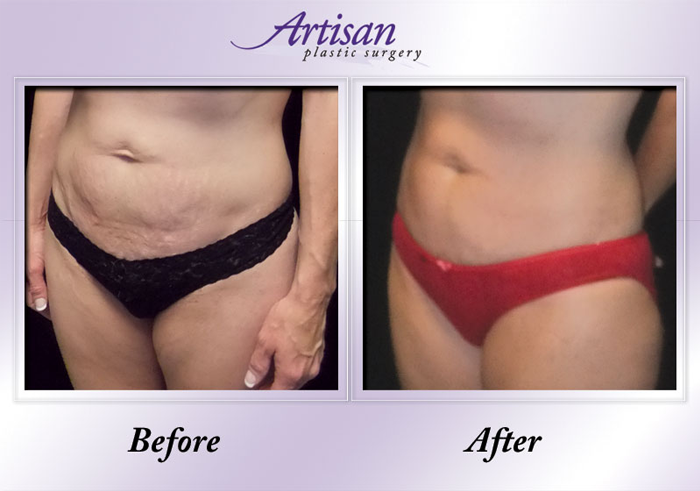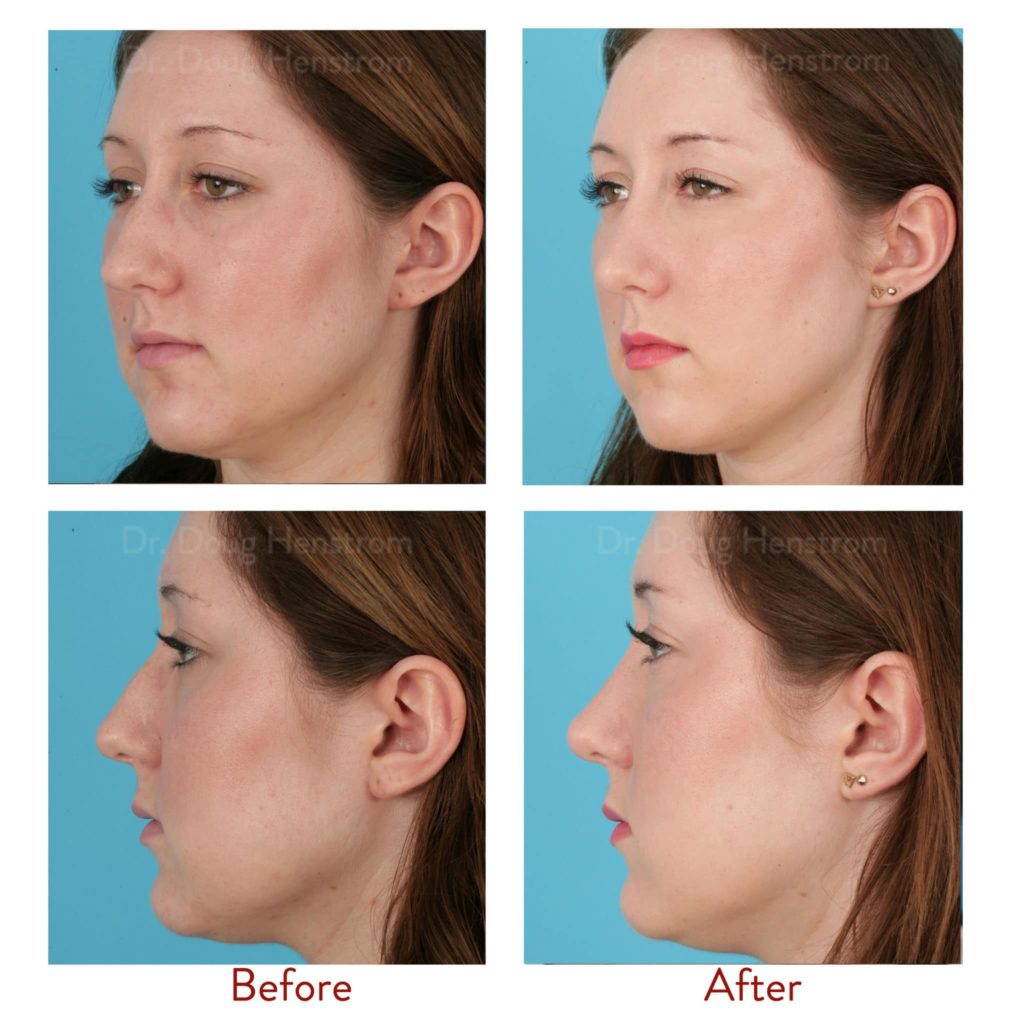
Thigh lifts can be a procedure to remove excess skin and fat. The cost of a hip lift depends on the type of procedure performed and the surgeon. Some surgeons include recovery care in the price of the procedure, while others do not. These are all issues that your surgeon will discuss with you at the initial consultation.
Surgery to remove fat and excess skin from the thighs
A thighlift is cosmetic surgery that removes excess fat and skin. The procedure is done under general anaesthesia. It typically takes about two to three hours. During this procedure, the surgeon makes small incisions and removes the excess skin. The incisions will be closed using sutures. Although the procedure itself is fairly quick, you should plan on spending the entire day at your surgery center. This will include a few hours in pre-op. After the surgery, you will likely stay overnight at the hospital.
Excessive skin on the thighs can lead to many health problems. It can cause discomfort, chafing, and difficulty finding clothing. A thighlift can reduce the problem and improve the contours of your thighs.

Time for recovery
Thigh lift recovery time varies depending on the type of surgery performed. The initial phase is marked by pain and swelling. The discomfort can be controlled with pain medication. However, pain medication may cause the patient to become dehydrated. During this time, patients may be instructed to stay in bed with their legs elevated and may be required to change bandages and clean surgical drains.
To make sure you have a satisfactory recovery, be sure to get detailed instructions from your surgeon. It is important to ask every question. It will be easier to feel confident and more comfortable if you are well-informed about the procedure. After your consultation, you will likely schedule the procedure.
Scarring after thigh lift surgery
A thighlift procedure is an effective way to get rid of scarring around the thighs. These procedures are highly effective and will make you feel better. The procedure is painless for most patients. There are several types to choose from: general anesthesia, local anesthesia, and general anesthesia. The area treated determines the type and amount of anesthesia to be used.
There may be some discomfort following a thigh-lift surgery. You can take pain medication to manage your discomfort. Your surgeon will also give you instructions on how you should care for your scars. Thigh lift scarring is permanent and can take years to disappear. Some scars can be uneven, asymmetrical, large, or excessively broad. Sometimes, they may be different in color from the surrounding skin. These cases may require additional procedures.

For thigh lift surgery, insurance coverage
Thigh lift surgery is a cosmetic surgery that removes excess skin from the thigh. It can either be performed in an accredited, hospital-based surgical facility. You will need to arrange transportation to and back from the surgery site if you select an outpatient procedure. You may be required to rest at night in a hotel, or in a care facility after your recovery.
There are many insurance plans that cover thigh lift surgery. Medicare, however, will not pay for the entire cost of a total thigh lift. Private insurance may be able to pay a portion or all of the cost of the procedure. To receive full benefits from your insurer, you'll need to have Gold-level coverage.